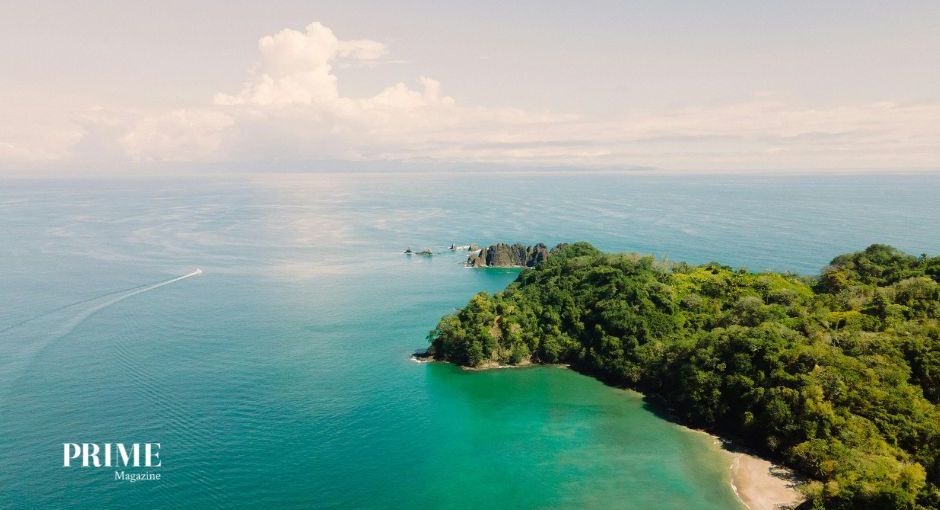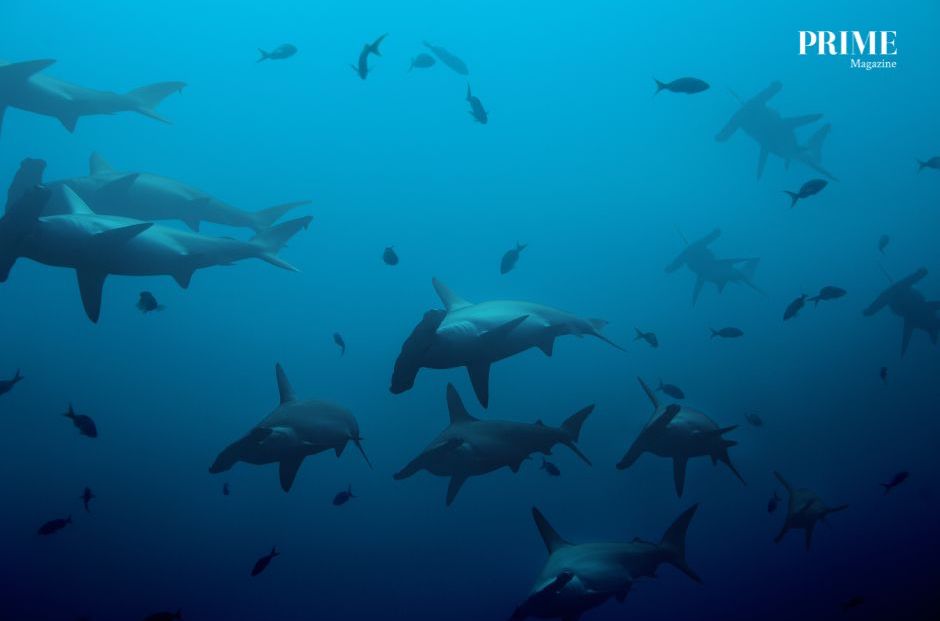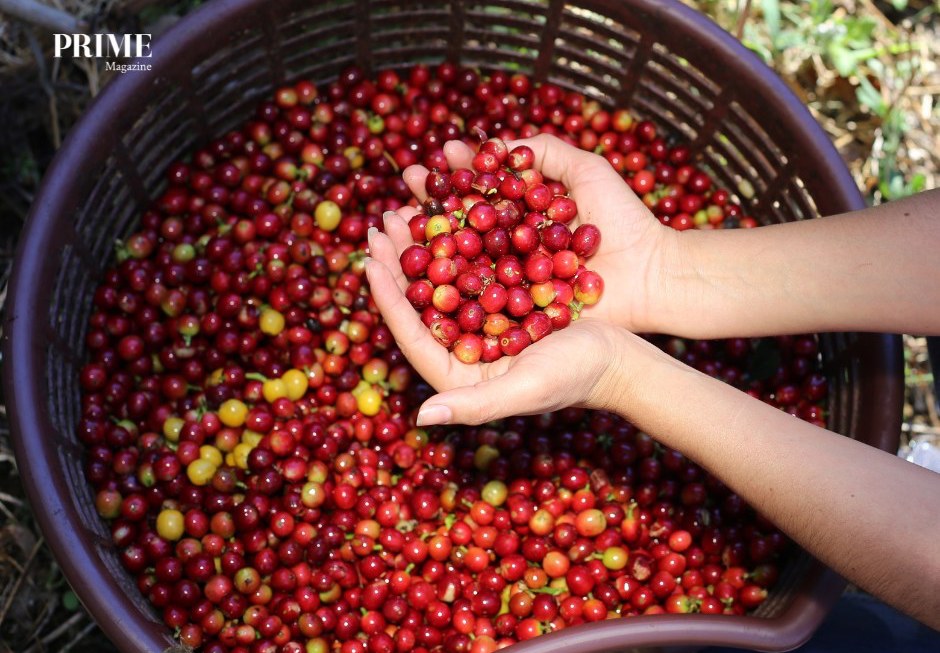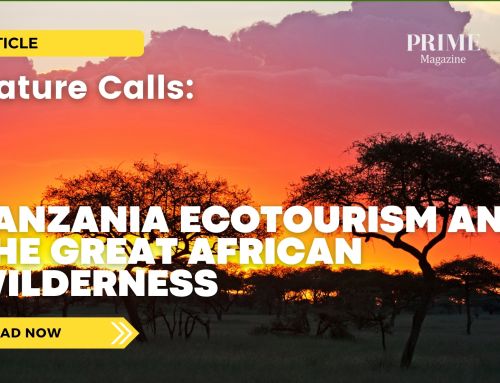Part 4 of the Prime.sg Ecotourism Series

Drone Photography of Costa Rica
Costa Rica is widely regarded as the gold standard of sustainable travel. With more than 30% of its land mass protected and an unmatched commitment to conservation, this small Central American country shows what is possible when a nation places nature at the heart of its identity. For travellers seeking deep rainforest experiences, volcanic adventures and wildlife encounters that feel truly immersive, Costa Rica ecotourism offers some of the world’s most inspiring models of responsible travel. This guide explores what makes Costa Rica a global leader and how you can experience its natural wonders sustainably.
Why Costa Rica Is the World’s Ecotourism Pioneer
Costa Rica occupies just 0.03% of Earth’s landmass, yet it contains nearly 5% of the planet’s biodiversity. This incredible concentration of flora and fauna sets the foundation for Costa Rica ecotourism, which promotes conservation while generating economic opportunities for local communities.
The country has built a reputation on:
-
Strong environmental laws
-
Effective wildlife protection
-
National parks that are clean, well-managed and accessible
-
Community-based tourism that empowers locals
-
Renewable energy usage
-
A national ethos centred around “Pura Vida,” meaning simple, joyful living
This harmonious relationship between people and nature allows travellers to enjoy pristine environments while contributing directly to conservation efforts.
Key Principles Behind Costa Rica Ecotourism
Ecotourism is more than just experiencing nature. Costa Rica follows a structured approach to ensure that travel supports sustainability.
1. Environmental Protection Above All Else
Protected areas cover more than a quarter of the country, including rainforests, cloud forests, wetlands, beaches and marine reserves. Visitor regulations, quotas and ranger monitoring help preserve habitats and reduce human impact.
2. Community-Driven Tourism

Colorful Festival Parade in San José, Costa Rica
Small lodges, local guides and family-run farms form the backbone of Costa Rica ecotourism. When travellers support these operators, the benefits stay within the community, funding education, conservation and cultural preservation.
3. Education Through Immersive Experiences
Every eco-activity includes interpretation — explaining wildlife behaviours, plant life, volcanic history and the challenges of climate change. This knowledge helps travellers understand the value of protecting the environment long after they return home.
Top Ecotourism Regions to Explore in Costa Rica
Costa Rica’s landscapes are incredibly diverse. Here are the top regions where sustainable travel truly comes alive.
1. The Monteverde Cloud Forest Reserve
Monteverde is one of the world’s most famous cloud forests, sitting high in the misty mountains. The cool climate, dense canopy and constant cloud cover create habitats for thousands of plant and animal species.
Highlights:

Hanging Bridges in Cloudforest – Costa Rica
-
Hanging bridge walks high above the forest
-
Guided wildlife tours with chances to spot resplendent quetzals
-
Orchid gardens and butterfly sanctuaries
-
Ziplining adventures with minimal environmental impact
Monteverde is a shining example of Costa Rica ecotourism, combining education, conservation and community-led tourism.
2. Arenal Volcano National Park
Arenal is Costa Rica’s iconic cone-shaped volcano. Though it has been dormant since 2010, the region remains one of the country’s adventure and ecotourism hubs.
Highlights:

Rio Celeste Waterfall, Costa Rica
-
Hiking trails through lava fields
-
Hot springs heated by geothermal energy
-
Wildlife-rich rainforests
-
The famous La Fortuna Waterfall

La Fortuna Waterfall Costa Rica
Arenal blends thrill-seeking with nature appreciation, all guided by sustainable tourism policies.
3. Cocos Island National Park

Large School of Hammerhead Sharks
For serious divers, few places rival Cocos Island. This remote marine reserve is located far off the mainland and is accessible only by liveaboard boats.
Highlights:
-
Hammerhead shark schools
-
Manta rays, dolphins and sea turtles
-
Pristine coral reefs
-
UNESCO World Heritage status
Visits are strictly controlled to protect the island’s ecosystems, making it one of the purest forms of Costa Rica ecotourism.
4. Finca Rosa Blanca: A Model of Sustainable Agriculture

Raw Coffee beans from Costa Rica
Costa Rica is known for its high-quality Arabica coffee, but not all coffee production is eco-friendly. Finca Rosa Blanca, a certified organic coffee farm, offers insight into how agriculture can work with nature, not against it.
What you’ll learn:
-
Organic farming methods
-
Sustainable water use
-
Shade-grown coffee practices that protect bird habitats
-
Biodiversity conservation
Visitors can tour the plantation, taste handcrafted coffee and stay at the eco-inn, which operates on strict sustainability principles.
Wildlife Encounters That Make Costa Rica Ecotourism Unforgettable

Scarlet Macaw in Costa Rica
Costa Rica is home to:
-
850 bird species
-
237 mammal species
-
1,200 orchid species
-
Hundreds of amphibians and reptiles
-
Countless insects

- Tree Frog in Costa Rica
Responsible viewing practices ensure wildlife remains undisturbed.
Common eco-friendly encounters include:
-
Sloths sleeping in treetops
-
Toucans flying overhead
-
Hummingbirds feeding at forest edges
-
Spider and howler monkeys moving through the canopy
-
Sea turtles nesting on protected beaches
These encounters reflect the heart of Costa Rica ecotourism — close, respectful and magical.
How to Travel Sustainably in Costa Rica

Arenal volcano. Costa Rica.
Support responsible travel by following these eco-friendly tips:
-
Choose eco-certified hotels and lodges
-
Book tours with licensed naturalist guides
-
Avoid touching wildlife or feeding animals
-
Stick to marked trails in forests and reserves
-
Reduce plastic use — bring your own bottle and bag
-
Respect Indigenous communities and local traditions
Every small action helps protect the ecosystems that make this country so extraordinary.
Best Time to Visit Costa Rica
Costa Rica has two primary seasons:
-
Dry Season (Dec–Apr): Best weather, most popular for travellers
-
Green Season (May–Jun, Nov): Lush scenery, fewer crowds, great wildlife activity
Flights from Singapore usually require two transits, often via Europe or the US before connecting to San José, Costa Rica’s capital.
Why Costa Rica Ecotourism Matters
Costa Rica demonstrates how a nation can protect its natural heritage while welcoming travellers from around the world. Its eco-lodges, sustainable farms, wildlife sanctuaries and pristine national parks prove that tourism does not have to harm the environment — it can help save it.
This is Part 4 of the Prime.sg Ecotourism Series. Next in the series: New Zealand — a land where wilderness and sustainability come together beautifully.












Leave A Comment